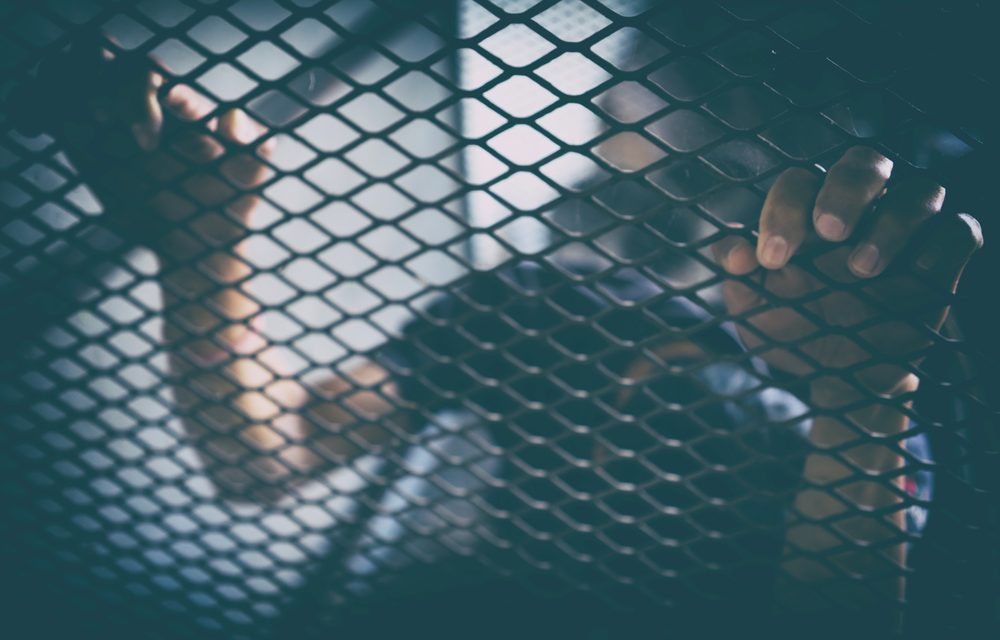We have all read the news. Federal prosecutors have charged the driver of a truck with transporting people who are in the country illegally. Tragically, ten people died and dozens were hospitalized as they were trapped in a trailer in the Texas heat with no cooling system, no water, and no fresh air. Though the driver says he didn’t know the migrants were in the truck, he was recently indicted and if he is convicted, he could be sentenced to life in prison, or even death. Also unclear is the fate of the survivors, all undocumented immigrants. Are these victims eligible for protection under U.S. immigration laws? The answer will depend on a variety of factors and may even vary among the different survivors.
In October 2000, Congress passed the Victims of Trafficking and Violence Protection Act. The legislation was intended to encourage cooperation between victims of human trafficking and other serious crimes and law enforcement agencies investigating and prosecuting such crimes. As a means of protecting trafficking and crime victims from deportation, the “T visa” and the “U visa” were created.
Before assuming the victims of the Walmart parking lot tragedy are eligible for a T or U visa however, one must understand what qualifies as human trafficking. Human trafficking as defined by law involves three essential elements: the process (recruitment, transportation, transferring, harboring or receiving of persons), the method (force, fraud or coercion), and the purpose (sex trafficking or labor trafficking). Sex trafficking is causing a person or minor (under age 18) to engage in a commercial sex act. Labor trafficking is a form of modern day slavery, which includes involuntary servitude, debt bondage and forced labor. Common industries of trafficking include agriculture, construction, domestic work, factories, restaurants, and the adult entertainment industry. Common methods of luring victims include purported “reputable businesses” such as employment agencies or travel agencies, and promises of love, marriage, education or a better life. Trafficking can also be aided by corrupt foreign government employees or diplomats.
An example of sex trafficking: Ana from the Philippines is approached by an agent and told that she could become an international model. There is work available for her in the United States. The agent promises to pay for her travel, room and board, get her bookings with major international magazines and she will make a lot of money. Ana agrees and is brought to the U.S. by her agent. Once here, however, she quickly learns that the “major international magazines” she will be posing for are pornography magazines and she must work as a prostitute for her agent’s clients. She wants to go back home, but her agent threatens to harm her family if she attempts to leave or tell anyone.
An example of labor trafficking: Sasha responds to an ad for a nanny. She is excited at the prospect of caring for the children of a diplomat from her country and traveling to the U.S. with his family. She accepts the job offer but once in the U.S., she becomes a prisoner in the diplomat’s home—she is not given a key, so she is unable to leave. She must work 20-hour days with few breaks, and must also clean the house while she takes care of the children. They take her passport and withhold it from her. She is paid below minimum wage to start, but eventually the payments stop altogether. The family is verbally abusive to her and threaten to harm her and her family back home if she ever tries to leave or report them.
As illustrated by the above examples, to qualify as human trafficking, there must be some element of force, fraud or threats and the purpose or ultimate goal of the trafficking must be a form of sex or labor trafficking.
In the cases of the survivors of this latest tragedy, what is unclear are the circumstances surrounding the method and purpose of the trafficking. Each of the survivors will likely have a different story to tell. So far, it is reported that some of the victims are cooperating with law enforcement in the investigation and prosecution of the crime (essential for U visa eligibility; not required for T visas). This may also qualify certain individuals for an “S visa,” if an individual is a witness or informant and provides critical, reliable information necessary to the successful investigation or prosecution of a criminal organization.
What is absolutely clear, however, is that the survivors are victims and should be treated as such. They endured a harrowing journey, cruel and inhumane treatment, and the focus now should be getting them the necessary medical attention, contacting any known family members and allowing them time to recover.







